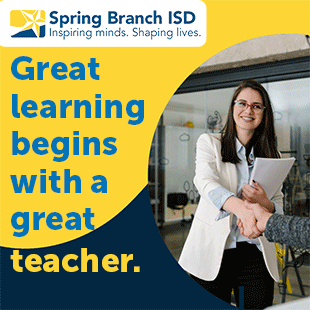
Reading is Fundamental (RIF), the nation’s leading voice for children’s literacy, has a simple yet effective formula for increasing reading outcomes: choice + access = engagement. Why is engagement important? Reading engagement and motivation are strongly related to reading achievement (Wigfield & Guthrie, 2000). Increased volume in reading is correlated with improved oral language skills, spelling, comprehension, and general academic outcomes (Mol & Bus, 2011). Children are most likely to be motivated to read books that they have selected themselves (Fisher & Frey, 2018). For example, Edmunds and Bauserman (2010) found that 84% of children they interviewed talked about books that they selected themselves versus books that were assigned to them. In addition, Guthrie et al. (2007) demonstrate that book choice creates readers that are more intrinsically motivated to read. These elements are key to RIF’s flagship reading program, Books for Ownership, and the other programs and literacy resources RIF offers in communities nationwide.
Now that you know the simple formula, try out these tips to increase choice, access, and engagement in your classroom:
1. Start young! Reading aloud to children from a young age builds their print awareness and increases language, reading, and spelling outcomes.
2. Administer an interest inventory at the beginning of the school year to find out about your students’ interests. Then use the results to add books to your classroom library that align with your students’ interests.
3. Build time into your schedule for children to explore and select books in the classroom, school, and public libraries.
4. Introduce new books and authors and build excitement through Book Talks or check out which books have gone viral through the hashtag #BookToks.
5. Design a challenge to increase reading volume or take RIF’s Rally to Read pledge to read 100 books by Read Across America Day in March each year!
Reading Is Fundamental (RIF) is committed to a literate America by inspiring a passion for reading among all children, providing quality content to create impact, and engaging communities in the solution to give every child the fundamentals for success. As the nation’s largest nonprofit organization for children’s literacy, RIF has provided more than 420 million books to over 100 million kids in all 50 states, inspiring generations to read, learn and grow. For more information, please visit RIF.org.
References
Edmunds, K. M., & Bauserman, K. L. (2010). What teachers can learn about reading motivation through conversations with children. Essential readings on motivation, 47-60.
Fisher, D., & Frey, N. (2018). Raise reading volume through access, choice, discussion, and book talks. The Reading Teacher, 72(1), 89-97.
Guthrie, J. T., Hoa, A. L. W., Wigfield, A., Tonks, S. M., Humenick, N. M., & Littles, E. (2007). Reading motivation and reading comprehension growth in the later elementary years. Contemporary Educational Psychology, 32(3), 282-313.
Mol, S. E., & Bus, A. G. (2011). To read or not to read: a meta-analysis of print exposure from infancy to early adulthood. Psychological bulletin, 137(2), 267.
Wigfield, A., & Guthrie, J. T. (2000). Engagement and motivation in reading. Handbook of reading research, 3, 403-422.
Erin Bailey is director of Programs and Content at Reading Is Fundamental. Her role includes developing, curating, and managing literacy content for educators and families. Erin is a former classroom teacher, literacy specialist, and English language specialist in the US and abroad as well as a university instructor.





